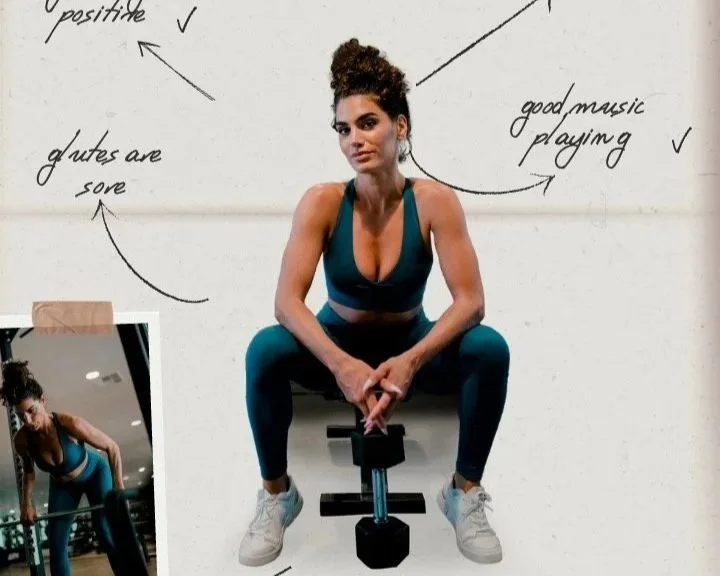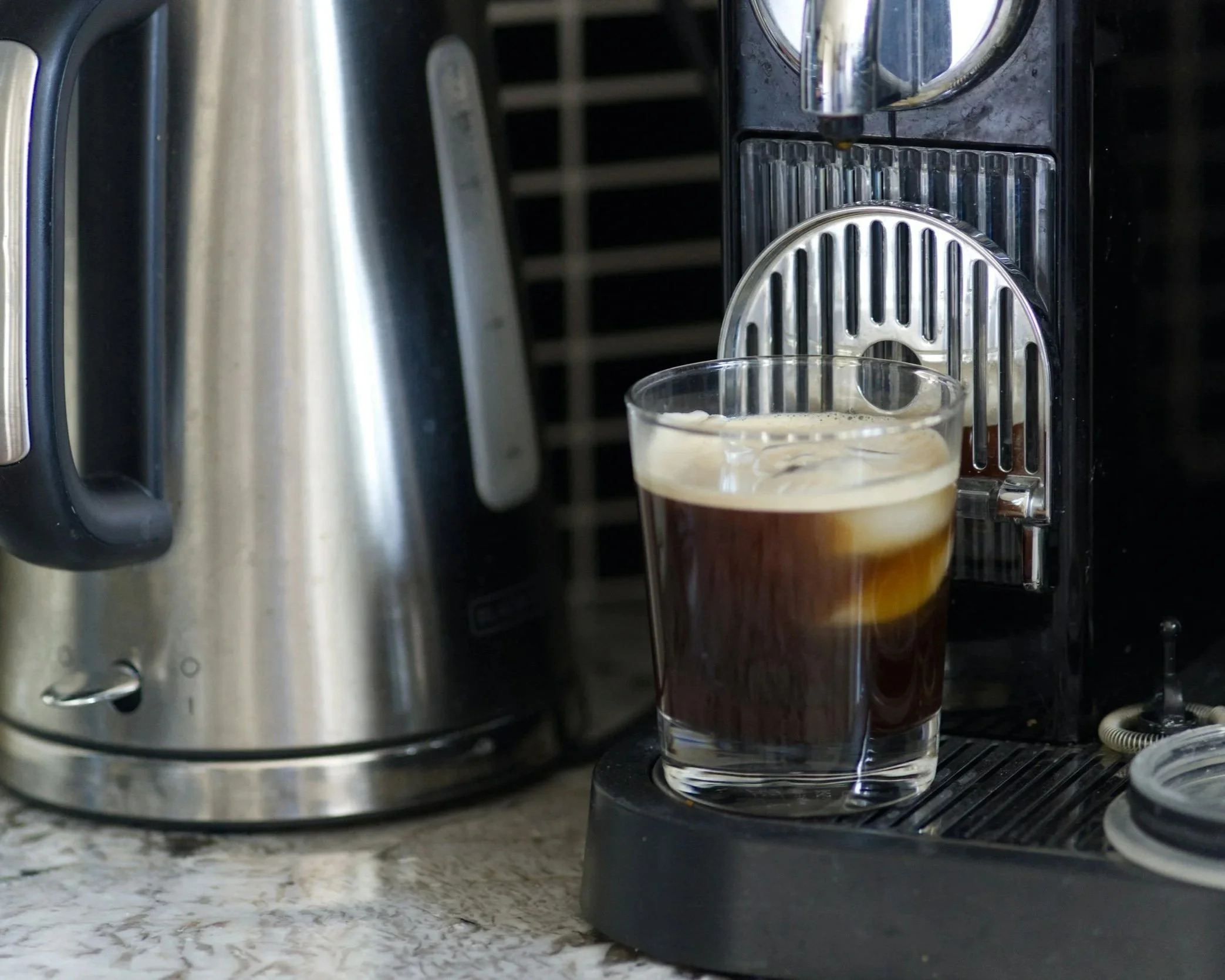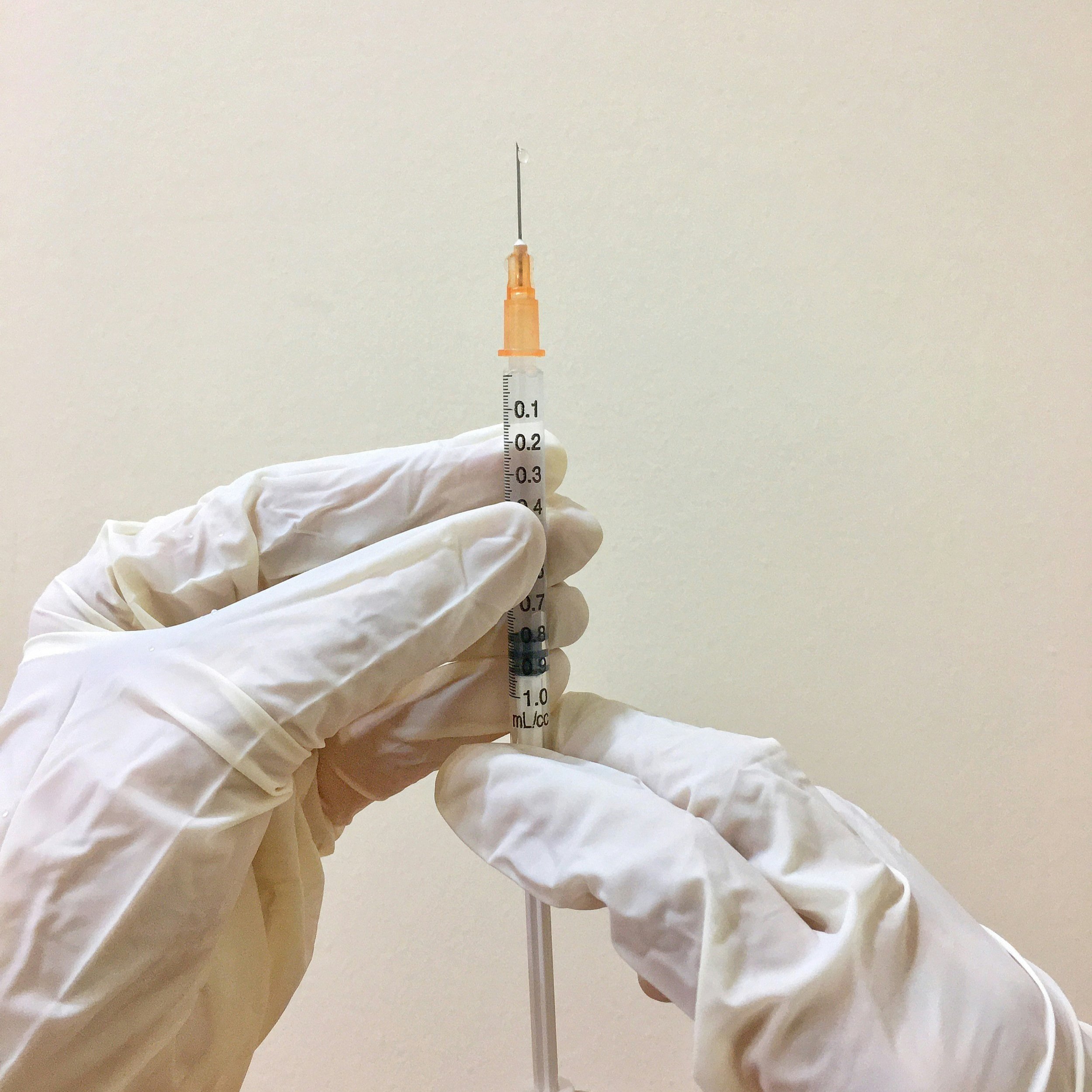HIIT vs. Steady-State Cardio: Which Is Better for Fat Loss?
The quest for effective fat loss often leads to the age-old question: Is HIIT (High-Intensity Interval Training) or steady-state cardio better? Both are effective methods, but understanding their distinct mechanisms and tailoring your approach to your individual needs and preferences is key.
Let's first clarify the differences between these two cardio approaches:
HIIT (High-Intensity Interval Training)
Involves short bursts of intense exercise followed by brief recovery periods. Think sprints interspersed with walking or jogging, or cycling intervals of high intensity followed by periods of lower intensity.
Steady-State Cardio
Involves maintaining a consistent moderate intensity for an extended period. Think of a brisk walk, jog, or cycling at a pace you can sustain for 30 minutes or more.

HIIT aka The Metabolic Boost. It’s effectiveness for fat loss stems from its impact on your metabolism. The intense bursts of activity elevate your heart rate significantly, leading to several benefits:
Increased EPOC (Excess Post-exercise Oxygen Consumption): Your body continues to burn calories at an elevated rate even after your workout is finished, a phenomenon known as EPOC. This "afterburn effect" is more pronounced with HIIT than with steady-state cardio.
Improved Insulin Sensitivity:** HIIT can improve your body's ability to utilize insulin effectively, which is crucial for regulating blood sugar and preventing fat storage.
Enhanced Fat Oxidation:** HIIT has been shown to be particularly effective at mobilizing and burning fat stores.
Steady-state cardio, aka The Endurance Builder. While less intense, offers its own set of benefits for fat loss:
Calorie Burn: While the immediate calorie burn during steady-state cardio may be lower than with HIIT, consistent engagement can still lead to significant calorie expenditure over time.
Cardiovascular Health:** Steady-state cardio is excellent for improving cardiovascular health, strengthening your heart, and improving endurance.
Accessibility: Steady-state cardio is often more accessible to beginners and individuals with pre-existing health conditions, as it requires less intense exertion.
The Verdict: It Depends!
There's no single "better" option; the optimal choice depends on your individual fitness level, goals, and preferences.
For experienced fitness enthusiasts: HIIT can be a highly effective method for maximizing fat loss in a shorter time frame. However, proper form and sufficient recovery are crucial to prevent injury.
For beginners or individuals with health concerns: Steady-state cardio provides a gentler introduction to regular exercise and is less likely to cause injury. Building a base level of fitness through steady-state cardio can prepare you for incorporating HIIT later on. The best approach is one you'll enjoy and can stick with consistently. If you find HIIT too intense or challenging, steady-state cardio may be a better fit. You can even combine both approaches for a well-rounded fitness regimen.
Both HIIT and steady-state cardio are effective tools for fat loss, each with its own strengths. The key to success is choosing the approach that aligns with your current fitness level, preferences, and overall health goals, and consistently sticking with a sustainable routine.

Follow Amanda Hart for free fitness tips






































